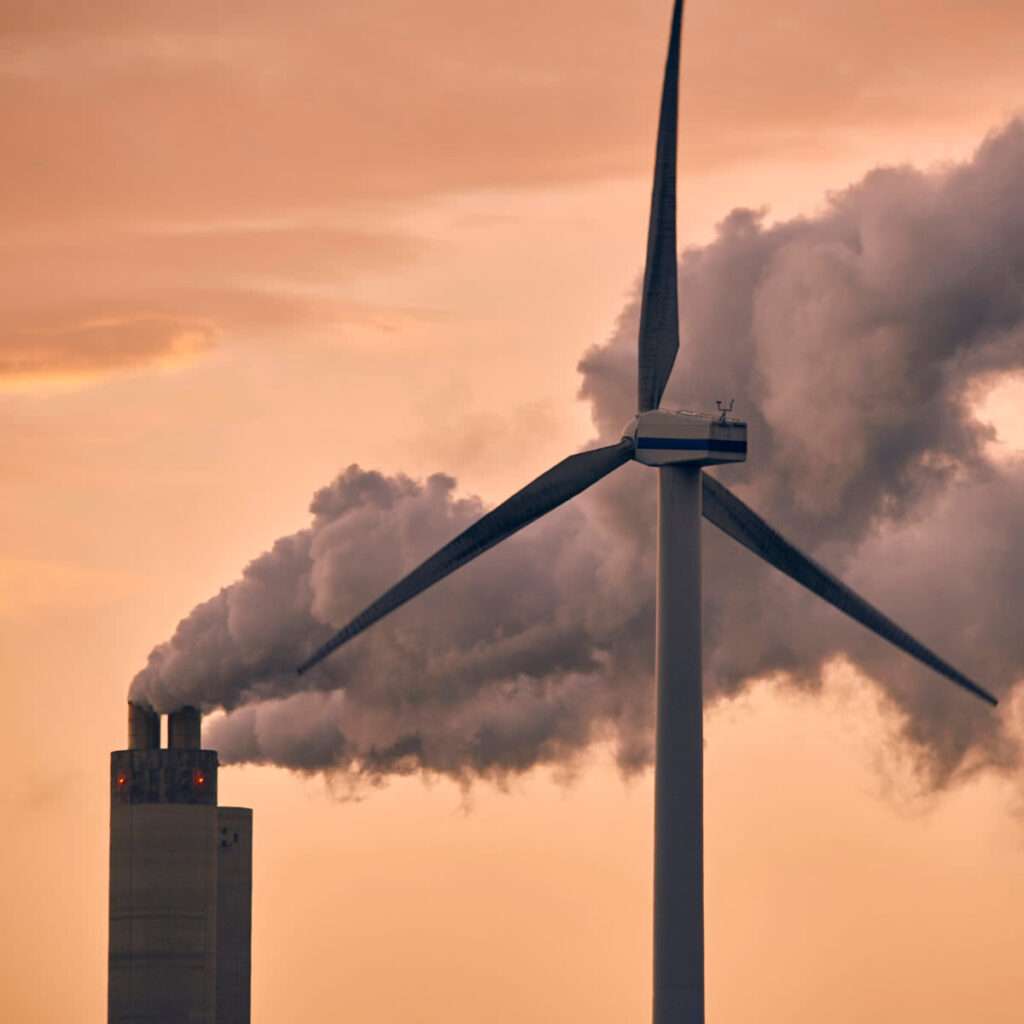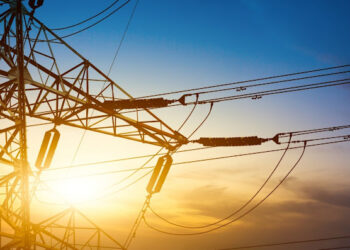Green steel would require 150TWh of renewable energy, half of which would be needed exclusively for production in the second half of 2022, according to producers in the steel industry.
Hydrogen production for green steel manufacture could gobble up over half of the increase in wind power capacity target in the EU’s REPowerEU package, according to estimates released by the wind and steel industries.
European green steel producers are calling for at least 31GW of renewable energy capacity to be built by 2030 to support the transition to low-carbon steel, of which half would be required to produce green hydrogen.
Green hydrogen is an important component of the push to decarbonise steel production, which is responsible for 7.2% of global greenhouse gas emissions.
Hydrogen is currently the only viable green option to replace the emissions-heavy coke or natural gas used today to remove oxygen from iron ore, although two electric processes— electrowinning and molten oxide electrolysis— are being developed by major organisations. Other high-temperature steelmaking processes can use renewables-powered electric-arc furnaces.
The electricity required to power the bloc’s steel plants and the hydrogen-producing electrolysers to supply them will amount to 150TWh, said WindEurope and trade body Eurofer, which represents steel producers in the EU.
This is equivalent to 31-49GW of new wind capacity, depending on the mix of onshore or offshore wind, WindEurope tells Recharge, noting that a scenario in which steel production was supported exclusively by offshore wind for power and hydrogen would require just 31GW (due to its higher capacity factor compared to onshore).
This means that the equivalent of 15.5GW-25.5GW of wind power would be required for hydrogen production for the steel industry alone— accounting for 3-5% of the EU’s 510GW REPowerEU target for wind by 2030.

Solar and Hydro to Power Production of Green Hydrogen
At 25.5GW, it would account for well over half of the 41GW extra wind capacity the EU is targeting by 2030 as part of the ‘EU’s REPowerEU’ package launched in May 2022— compared to last year’s Fit for 55 package— while at the lower end (15.5GW) it would account for just over a third.
Other types of renewable energy such as solar and hydropower could also be used to produce green hydrogen, with REPowerEU notably aiming for 592GW of solar power in the EU by 2030— a 62GW increase on the previous Fit for 55 target.
However, the EU has already priced in some level of H2 demand for the new targets, with at least some of the increase earmarked for green hydrogen production.
“Installed capacity of wind and solar also need to increase to supply electrolysers with renewable electricity,” the EU stated in a staff working document launched alongside May’s package, which also raised the bloc’s electrolyser capacity target to 65MW by 2030, from 44MW.
“Theoretically, it is possible that wind can cover the electricity demand for steel producers,” a spokesman for WindEurope. “A precondition for this to become a reality is that Europe reaches its 510 GW wind energy target.”
In order to do that, the sector would have to more than double the current installed capacity of wind power in Europe, which currently stands at 190GW, installing an average of 39GW of new wind capacity every year.
“Steel companies would need to sign 31GW of PPAs [power purchase agreements]. To reach this number, governments need to support PPAs and remove barriers to corporate PPAs.”
WindEurope
Recently, EU energy ministers agreed to faster permitting for wind farms and a higher renewable target of 40 per cent by 2030, as part of on-going negotiations to overhaul the bloc’s Renewable Energy Directive (RED) and its Energy Efficiency Directive (EED).
READ ALSO: CLOGSAG Supports Govt’s IMF Move





















